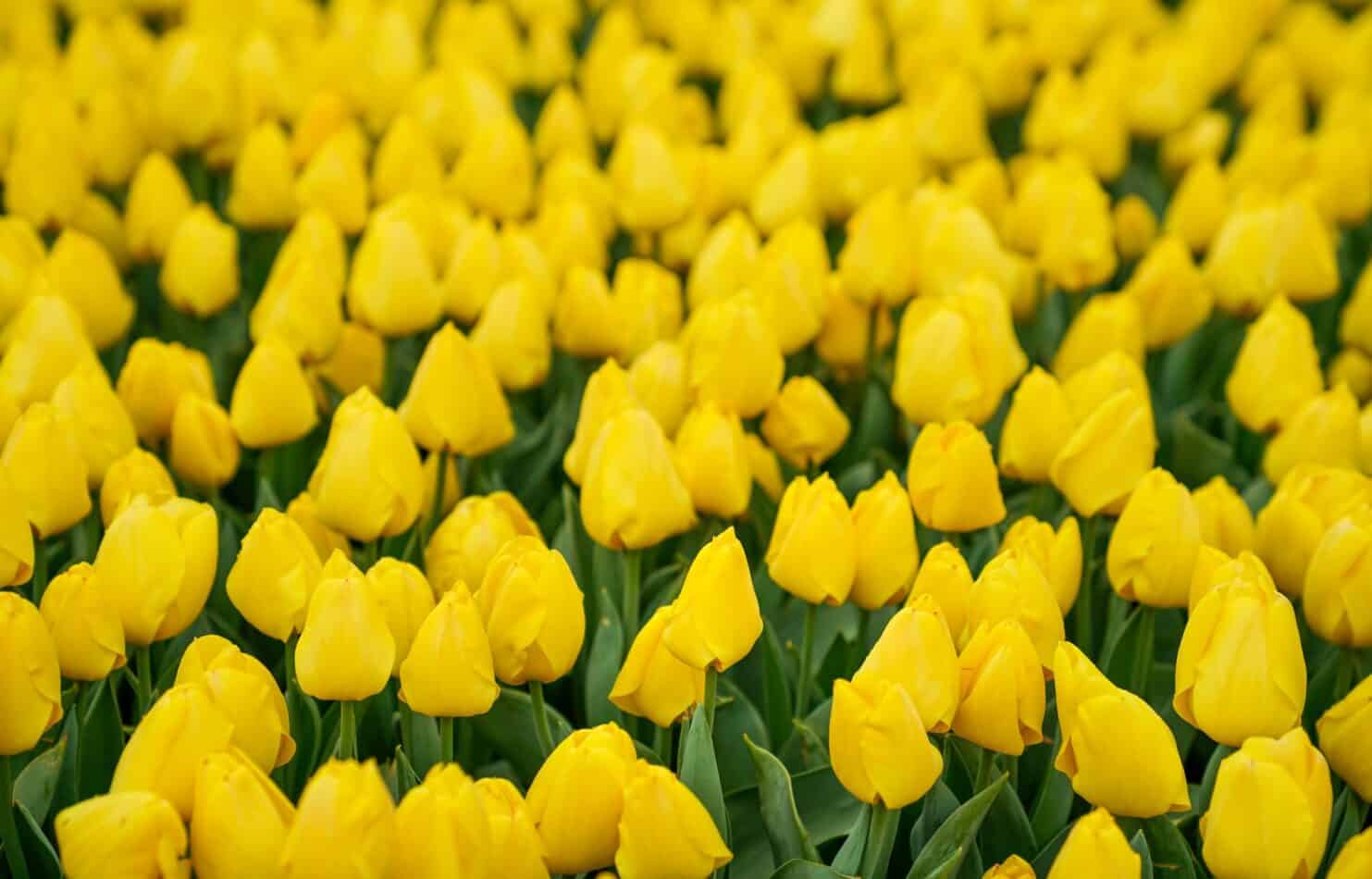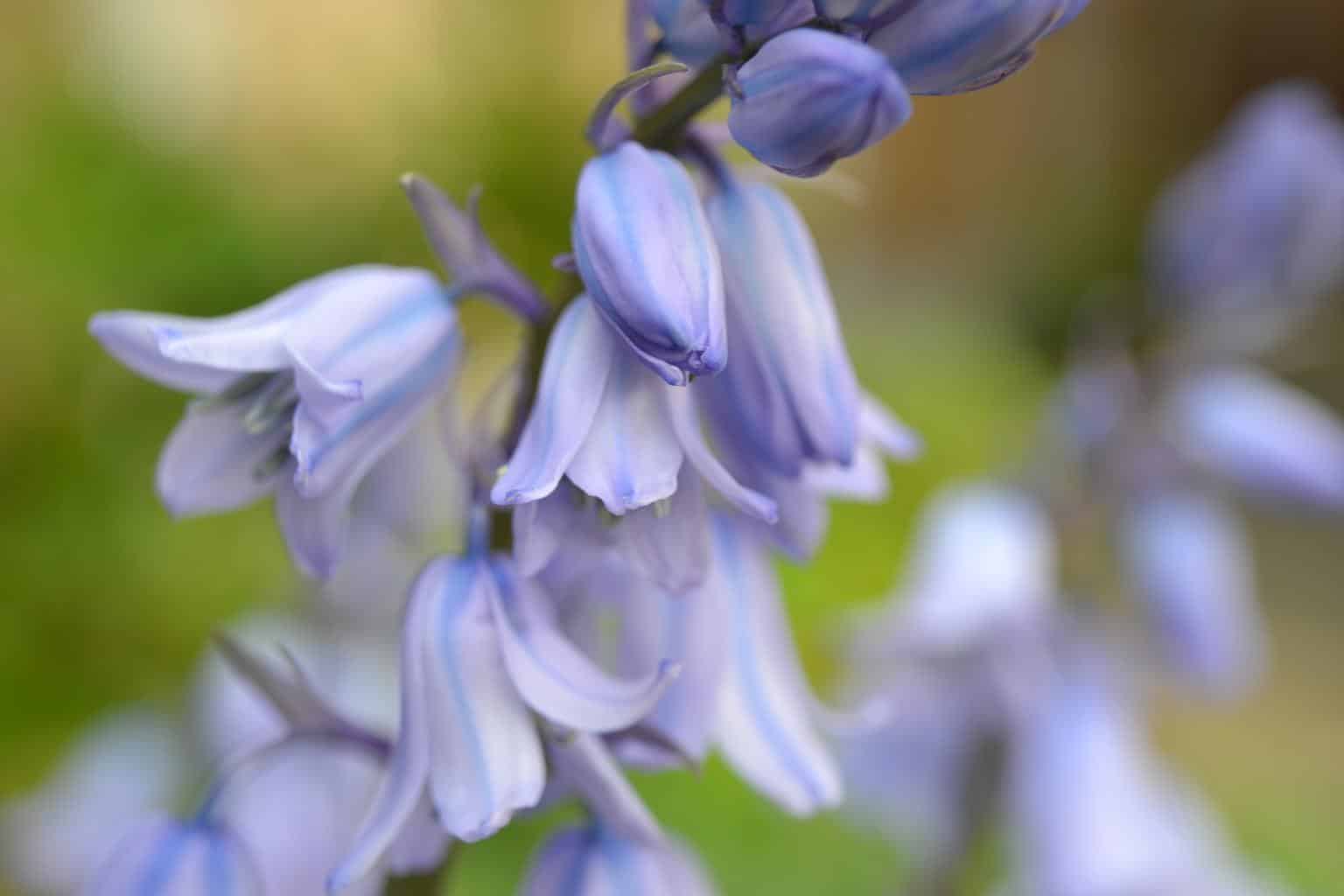Tulip has become synonymous with springtime in Holland. This beautiful flower blooms from March through May, attracting visitors from around the globe.
Tulips are grown from bulbs planted in early fall or late winter. They require rich soil, full sun, and regular waterings. In addition, they prefer cool temperatures. If you live in the North of the USA, you might want to plant them indoors until the weather warms up. Tulip growers have long known that the best time to plant tulips is between March and May. Thanks to new technology, they can also tell when the best time to harvest them is. A group of researchers from the University of Wageningen in the Netherlands developed a system that uses satellite images to predict the growth rate of tulips based on the amount of sunlight they receive. This allows farmers to plan planting schedules accordingly. Unfortunately, the rest of us does not have such technology, so we need to rely on sound, old-fashion wisdom.
Physical description
Tulips are erect flowering plants with long, broad, and parallel-veined leaves. Their colors can range anywhere from reds to yellows to whites. Some tulips are colored due to a virus carried and transferred to the plant by aphids. Other varieties have been bred to be more colorful than others. Most tulips bloom between mid-April and late May. They grow to 3 feet tall and spread over 2 feet wide. Many tulips differ in color, size, shape, and other features.
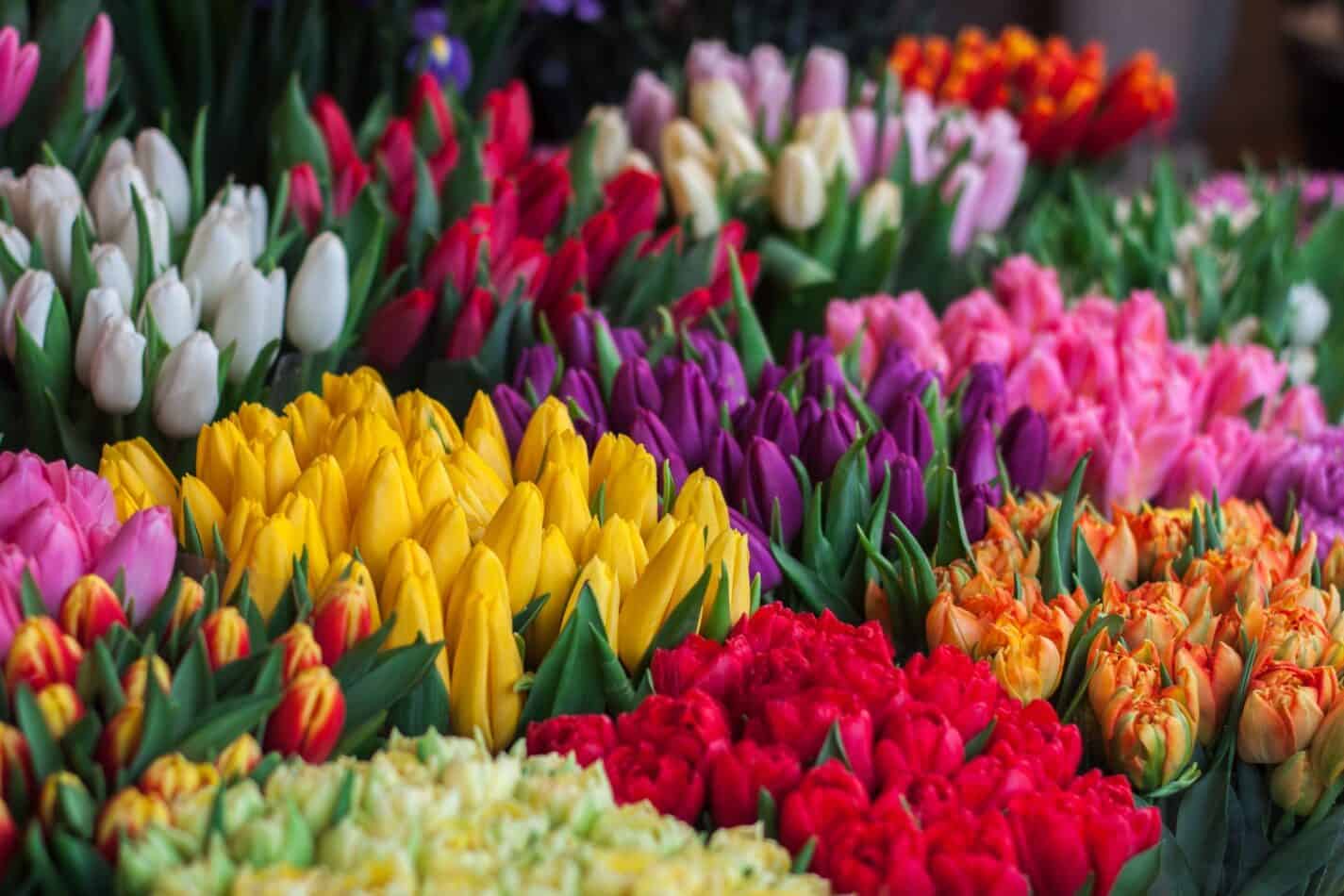 Culture
Culture
The Dutch were the first people to cultivate tulips. They began cultivating them in the 1600s. In the 1800’s they started exporting them around Europe. Today there are about 1,000 different kinds of tulips grown worldwide.
The tulip is one of the most popular flowers in Holland because it symbolizes love, beauty, and happiness. A lot of people buy tulips for Valentine’s Day or Easter. People also buy them to give as gifts during these holidays. They have become synonymous with beauty, love, and wealth. It became so popular that it was used as a symbol of the Dutch Republic during the 17th century. Today, the tulip is still one of the most widely recognized flowers in the world.
History of Tulips
The tulip became popular in Europe during the 17th century when it was introduced into Holland. In the 18th century, Dutch traders began exporting bulbs worldwide to North America. The tulip has since become an essential part of Dutch culture.
In the 19th century, the tulip became very popular in England, France, Germany, Belgium, and Russia. At this time, the tulip was considered the flower of royalty.
In the 20th century, tulips came back into fashion in Holland. Today, tulips are still extremely popular. The earliest use of “tulip” (in English) dates to 1589. The word comes from the Old French tulphe, “a bulb.”
Tulips are native to Central Asia and grow in meadows and steppes. It was first planted in China, and It was brought to Europe by Turkish travelers in the 1500s. The Turkish name for the tulip is “kızılbaş,” meaning “yellow flower.” This refers to its bright yellow petals.
Today, there are about 1,500 different kinds of tulips. Each variety has its unique characteristics. For example, some varieties produce only white flowers while others create beautiful shades of purple, pink, orange, etc.
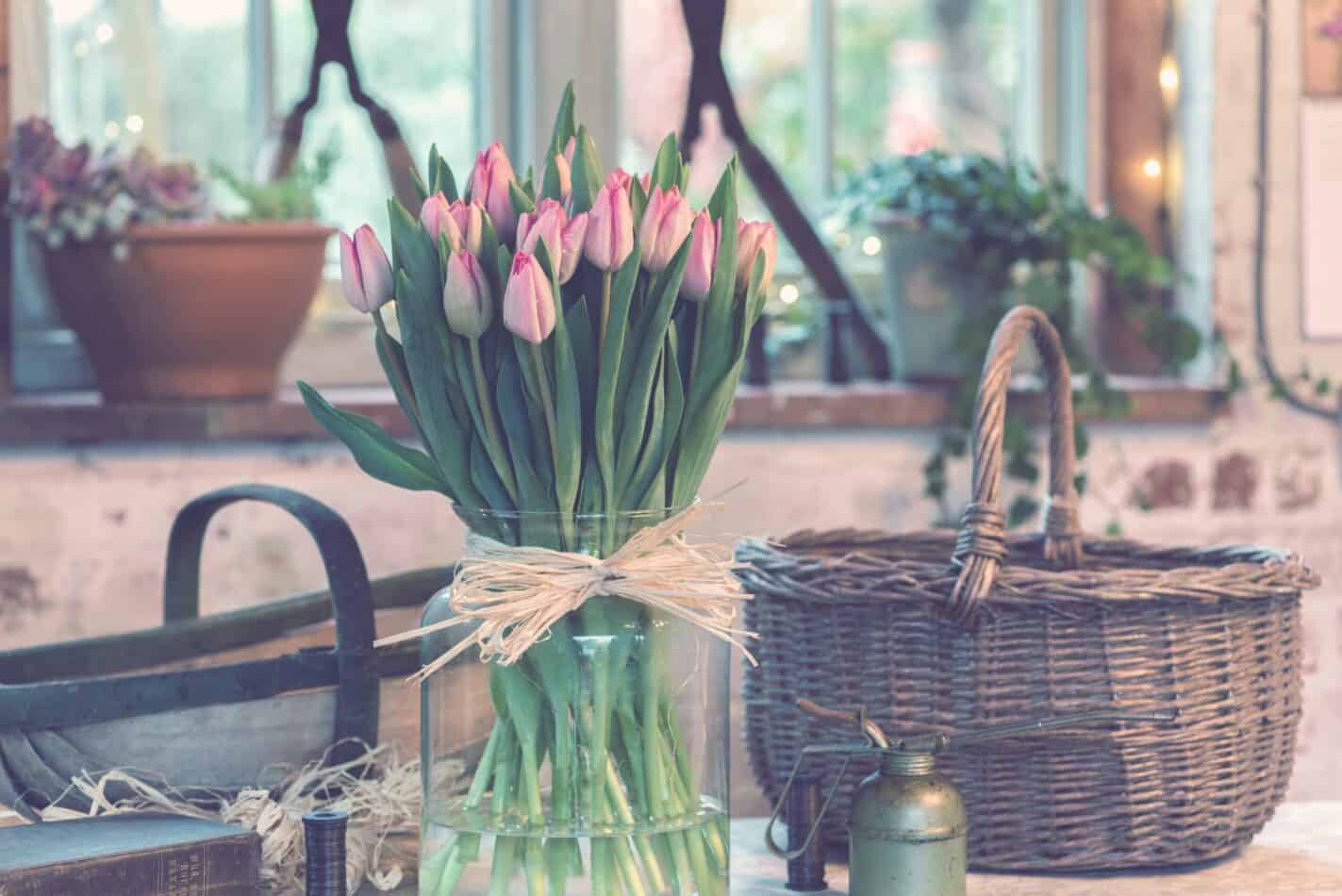
How to Grow Your Tulips
Growing your tulips is easy! The only necessity is a sunny spot in your garden. You will want to choose a location that receives full sun all day. In the northern hemisphere, you may wish to place your tulips near a window.
It would be best if you planted your tulips in February or March. Planting in the spring ensures the soil is warm enough to germinate the seeds. You can sow your tulips directly on the ground or in pots.
When you’re ready to plant, dig holes twice as deep as the roots of the tulips. Place each seed in the hole and cover it with dirt. Water the soil thoroughly. Keep the soil moist until the seeds sprout. After three weeks, remove the covering and water again.
After another week, you’ll notice new leaves on the stems. When the plants reach 6 inches tall, transplant them to larger containers. Give your tulips plenty of sunlight and water regularly.
When the tulips bloom, they will be cut off at their base. Cut the stem just above the foliage. Then, gently shake the container to loosen the soil and let the roots fall. Remove any remaining soil and compost.
Tulips don’t require much maintenance once they’ve been planted. However, if you find yourself with dead flowers, pull up the whole plant and replant it in fresh soil.
Tulips are available year-round. However, you won’t see many tulips in stores during winter. To grow your tulips throughout the colder seasons, purchase tulip bulbs in late summer. They will store well in your refrigerator until spring.
Here are the steps summarized:
- Step 1: Dig a hole deep enough to accommodate the root ball of the bulb.
- Step 2: Place the bulb in the hole and fill the hole with soil. Make sure the top of the bulb is covered with soil. Water thoroughly.
- Step 3: Keep the soil moist until spring arrives. When the weather warms up, increase the watering schedule.
- Step 4: Once the tulips begin to sprout, remove any weeds that appear. Also, trim off the foliage if necessary.
When planting tulips, remember that their roots grow downward. So, make sure that you plant them on a slope. If you do not, they can easily topple over. Tulips bloom best between April and June. However, you should be able to see signs of growth before then. They require lots of sunlight. If you live in an area of the USA with less than six hours of direct sunlight per day, you might consider moving your tulips to a more sunny location.
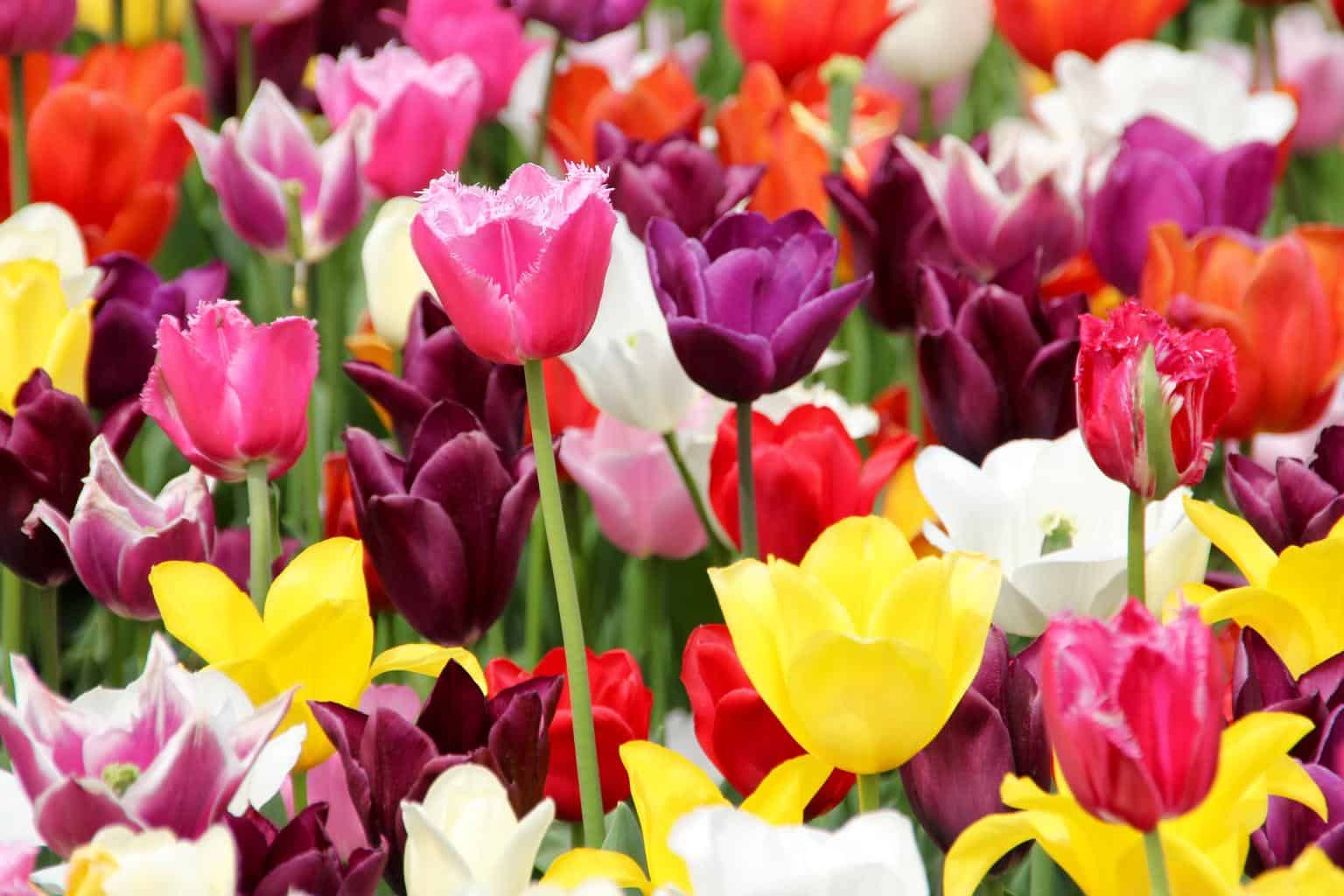 How to Grow Tulips indoor
How to Grow Tulips indoor
You can grow tulips indoors too. Just remember that it’s paramount to provide adequate light to your tulips. You could try placing a few tulips in a small glass vase. Or you could put them inside a large plastic bag. Then, cut holes in the bag to allow air circulation.
If you decide to grow your tulips, you should also know how to care for them once they start flowering. Here are some tips:
- Don’t let the leaves dry out. Leave them slightly damp.
- Remove dead blossoms and mulch the ground around the plants to prevent weed growth.
- Prune away damaged or diseased parts of the stems. In March or April, prune off any remaining foliage.
- Utilize a fertilizer that contains nitrogen, phosphorus, and potassium. Fertilize every two weeks during the growing season.
- Be careful when watering. Do not overwater.
- As soon as the blooming period ends, dig up the bulbs. They will be ready to replant next year.
- In fall, bring the bulbs indoors. Wait until temperatures drop below 50 degrees Fahrenheit. Then, store them in a warm room.
Bulbs should be stored in a cool, dark location. If you want to keep your bulbs alive longer, wrap them in newspaper before storing them.
What we love from Amazon this week
Buy these wonderful flowers directly from Amazon:


